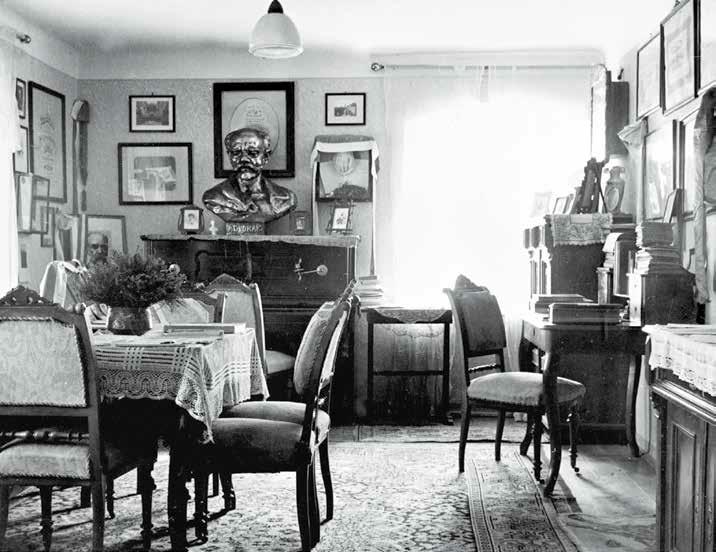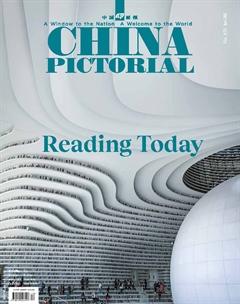Bookshelf Souls
by Liang Wendao
I never tire of hearing the story of a Harvard freshman and his boring medieval English literature professor.
When the summer holiday came, the student was excited to start a summer job at a secondhand bookstore. One day, he was instructed to go to a house in the suburbs to collect some used books. As he was ushered past a beautiful garden into the house by the hostess, he realized he was in the home of the old professor of the boring medieval literature class, who had just died.
The student found an entire cabinet dedicated just to detective novels. He smiled to discover such an interesting hobby. And further into the collection, he found two full shelves of gardening books. “He likes horticulture,”said the professors wife. At that moment, the young man became mesmerized by the glistening of the freshly watered grass. Gardening happened to be one of the students favorite hobbies. The student made the decision to buy all of the books himself.
“The moment I saw his books, I was introduced to the other side of him outside class,” the student said. “The books reflected his soul. If I took them back to the bookstore, they would be separated and placed on different shelves, losing a part of his soul.”To preserve the professors “soul,”he chose to pay off the price of the books by working part-time at the bookstore until graduation. Luckily, the bookstore owner found a soft spot in his heart and offered a 50 percent discount.
A bookshelf captures a persons soul, so does the house keeping books. I once envisioned authoring a book to peer into the personalities of various figures by visiting their homes to see what books they had collected. But I discovered that my idea had already been realized by Biancheng Press in Taiwan, China, which published a book about famous peoples bookshelves, including Taiwanese poet Yang Ze and writer Zhang Dachun. I acted too slowly.
Later, I started working on a reading TV program which added a segment to visit cultural celebrities homes and read their books. However, many people who were usually happy to help me declined to appear on the show, including famous writer Dong Qiao. “No, no. No way,” he giggled. “How could I show my book room to the public?”
Of the books that did successfully peer into interesting book rooms, my favorite has always been At Home with Books. Every chapter brings new surprises.
For example, Rolling Stones guitarist Keith Richards is a real bibliophile. The author was amazed that such a prolific rocker could have such a large home library and find time to buy so many books, considering that he toured most of the year and stayed in different places, spending most of the time with his guitar and band. However, nothing is more satisfying for Richards than lying on the sofa at home with a book.
The author of the book also interviewed seven architects and designers, seeking to solve“headaches”caused by the necessity of organizing massive piles of books. For example, Michael Graves, a celebrated American architect who designed many famous 20th century libraries, has unique ideas on the issue. Most architects try to make a narrow space look bigger, but Graves took an opposite approach by designing a big book room like a “narrow street.” His concept has bookshelves on each side of the room arranged as mini“building clusters.” Entering the room feels like merging onto a street of a city of wisdom, where each “building” offers a wealth of knowledge.
Everyones bookshelf is organized in a certain order, which is why I like to see others so much. A book room or shelf reflects a persons value of order. After a purchased book moves from the market into a home, it transforms from a commodity into something meaningful for a person and even an important part of a life and soul.

